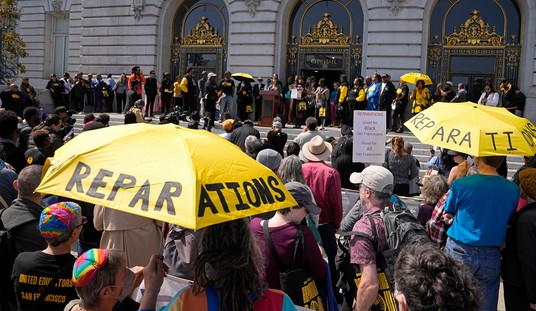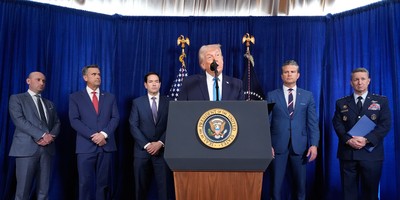It’s been a month since the Food and Drug Administration announced its final rule for menu labeling, a regulation that’s already proving to be a nightmare for the major chain restaurants and retail food establishments that must comply by Dec. 1, 2015, or face a stiff penalty.
“It got much worse in the final rule,” Lynn Liddle, chairperson of the American Pizza Community and executive VP of communications and investor relations for Domino’s Pizza, told Townhall. “I was surprised, disappointed, and befuddled because there’s all this new stuff in there where I go, ‘I don’t know how we’re gonna do this.’ … We’re gonna need a lot more time to untangle this mess, which I don’t think is viable or workable.”
While the regulation is bad for all industries, pizza has been hit particularly hard. For one, it’s a food industry unlike any other—90 percent of customers get their food delivered, making the idea of in-store displays of calorie information unnecessary and costly, not to mention extremely difficult since it’s such a customizable food.
Liddle said a concession was made on labeling by the slice rather than the whole pizza, but the rule is still disastrous for small businesses across America.
“[W]hat [FDA] did in these final rules is they expanded their definition of a menu and said ‘we’re gonna look at it and say anything a consumer will think of at that moment as a menu,’ so it’s very squishy right now because nobody really understands this thing because they’re saying if you have a picture or a name of a product, along with a price, were gonna call that a menu, so if you take it to the ridiculous that could include television advertising, because in the restaurant industry you always have a picture of product and a price, that’s how the restaurant industry advertises,” she explained.
Recommended
“We went to [the FDA] with a proposed solution; we didn’t say ‘we want to get out of it,’ we said, ‘we have a better way’ … and that better way was primarily doing this electronically, which by the way we already do voluntarily, so it was a really workable solution … and basically they’ve ignored it,” she said.
While Domino’s is a major pizza chain across the country, the vast majority of stores are franchises, meaning the burden of implementation falls squarely on the backs of small business owners. And failure to have the appropriate signage or serving food that’s outside of the labeled calorie range can carry civil and criminal penalties, Liddle said, but specificity over how it will be policed and what the penalties are remains unclear.
Meanwhile, studies continue to show that menu labeling has little to no effect on consumers’ purchasing habits. In other words, despite the cost to small business owners across the country, menu labeling will have no significant impact on obesity in America, the purported benefit the FDA used to justify the law as part of the Affordable Care Act to begin with.
Liddle sees the rule as a way for its proponents to feel like they’ve done something that will be good for Americans. “I’ve seen a number of article and commentary from people … saying we need to tell people what to eat,” she said. “I think there’s this belief that … Americans can’t or won’t ever help themselves.”
“I don’t think slapping calorie ranges on a pizza menu board that no one looks at is gonna be any kind of a solution [for reducing obesity],” she continued.
It’s been a long road fighting against the rule since it first came out as part of the Affordable Care Act in 2010, and Liddle says she isn’t done yet.
“I don’t think I have the luxury to stop fighting against this because it’s hurting my small business franchisees … and it’s hurting the [entire] pizza industry with an additional cost their customers haven’t asked for,” she said.
“We’re going to keep pushing for solutions we think are most viable, and we’re encouraged because we have nearly 100 members of Congress that have supported our past legislation, so I think we have a lot of people with a lot of common sense on our side.”
























Join the conversation as a VIP Member